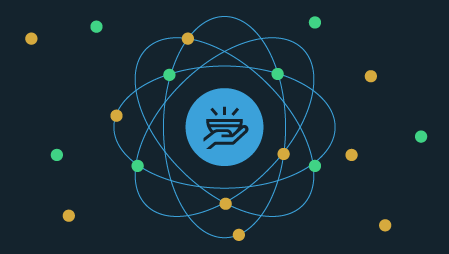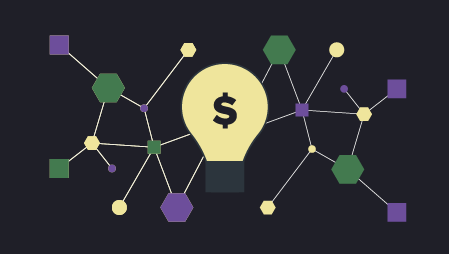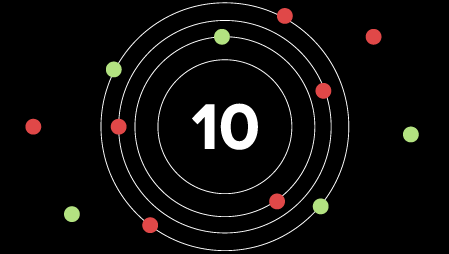Ready to learn Internet of Things? Browse courses like Internet of Things (IoT) Training developed by industry thought leaders and Experfy in Harvard Innovation Lab.
The title of this article refers to a classic episode of the old TV series The Twilight Zone, wherein advanced creatures from outer space establish contact with Earth and we misinterpret the meaning of an alien text titled, “To Serve Man.” Earthlings think the aliens have come to assist our civilization’s development, but they’ve actually come to put us on their menu.
While I’m not suggesting that our technology is growing an appetite for human flesh, it can sometimes feel like we are the cattle and our “smart” stuff is running the ranch. It’s one of the reasons why doomsayer prognostications about the destruction of mankind at the feet of robot overlords resonate with the masses.
Just consider how connected technology typically functions right now. Even though we’ve developed a lot of cool networks and gadgets and apps, it’s certainly not all sunshine and roses in our IoT-enabled world…
In theory, you can wake up and simply ask your personal digital assistant to give you the weather report and the headlines first thing in the morning, and tell it to lock up the house and turn off the lights on your way out the door. Then real-time traffic mapping software in the interactive dashboard of your car will guide you along the best route to the office (if you still travel to an office), where you can settle into your wireless workstation to peruse digestible data visualizations on the state of your business function and address pre-prioritized systems-recommended actions while tapping out a few witticisms for the old Twitter feed.
All the technology in that description is now widely available, but it certainly doesn’t yet function quite so seamlessly for any human being I know. For context, take a moment (or an hour) to count how many applications and interfaces and platforms and logins and authorizations you personally have to manage even if you’re not engaged in a highly technical profession or pursuit. There’s still far too much user labor involved in getting technology to do what humans want it to do.
And herein lies the crux of why analytics is so essential in IoT evolution. As computer science legend Edsger Dijkstra once said, “Simplicity is a great virtue but it requires hard work to achieve it.” Analytics is the science of training our technology to perform some of that hard work so that we can more easily access the virtue. Under a broad umbrella that covers AI, machine learning, complex event processing, anomaly detection, real-time automation and the like — analytics is the tool for improving our IoT tools; it’s what makes our technology better at serving us.
The complexity of IoT grows exponentially each day. Our machines all have their own languages and specifications and idiosyncrasies, and we are called upon to be the great arbitrators of all those voices: thousands upon thousands of tiny devices relaying millions upon millions of tiny packets of information. But human beings don’t really care about billions of discreet blips of data, nor can we possibly ingest them all in their raw state. What we want is the insight they collectively supply and we want it relayed simply. The technology that allows us to connect our cars, talk to our speakers, run data-driven businesses … This is what constitutes the internet of things. But the value of it all is determined by the human. How am I more connected, delighted, productive? It’s not about a single network, application, device or chip. It’s about all of it together, putting intelligence everywhere, palatable for human consumption. The purpose of analytics is to digest data, translate it to insight and streamline the process by which we interact with our applications and devices universally to save us money, time and resources — and continually improve upon the human experience of how that interaction occurs.
As we continue to unlock our technology’s ability to do amazing things, we must continually strive to get those amazing things done right, automatically — or at least with less friction lest we become, as Thoreau admonished, tools of our tools. Analytics is how we train our technology to aid in this function.
It is what will save us from being figuratively devoured by our own technology and realize the purpose behind all of our “things.” They are supposed to serve humanity, not the other way around.
Originally published on TechTarget



